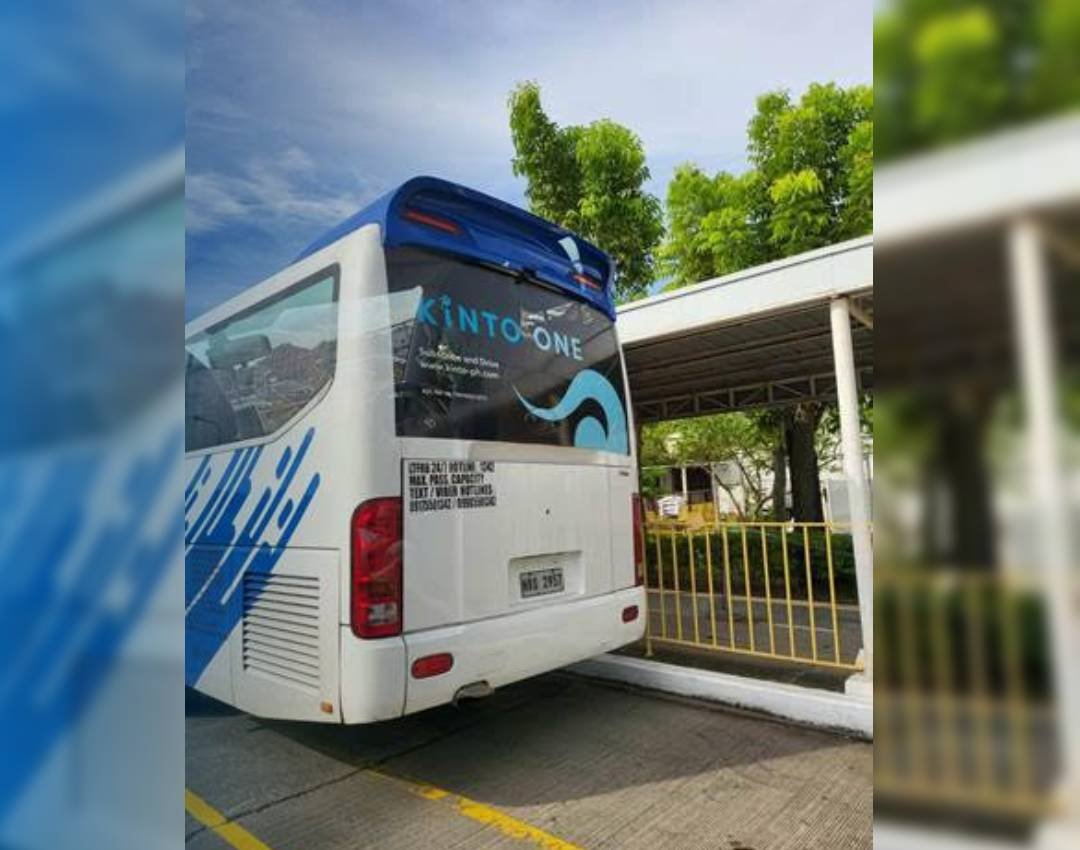Increase Brand Get To with Transit Advertising Philippines
A Thorough Exam of the Approaches and Methods for Effective Transportation Advertising Campaigns
Transit ad campaign use a special opportunity for brand names to engage with varied audiences in dynamic environments. To achieve success, it is vital to understand the nuances of target demographics, carry out innovative layout techniques, and select optimal placement areas. In addition, the efficiency of these projects can be considerably boosted by carefully checking performance metrics and adjusting techniques as necessary. As we discover these crucial components, it ends up being clear that the course to an impactful transportation advertising and marketing strategy is both gratifying and complex, elevating the question of just how best to browse these intricacies for optimal brand visibility.
Understanding Target Demographics
Understanding target demographics is important for the success of transit advertising projects (Transit Advertising Philippines). Recognizing particular target market sectors allows marketers to tailor their messages successfully, making sure that the material reverberates with the desired viewers. This method improves engagement and optimizes return on financial investment
To successfully analyze target demographics, marketers need to consider a number of key elements, consisting of age, earnings occupation, level, and lifestyle choices. For example, a project aimed at young professionals may concentrate on ease and modernity, while one targeting households may emphasize safety and security and dependability. Furthermore, geographical factors such as urban versus rural settings can substantially affect customer habits and preferences.
Information collection approaches such as studies, focus groups, and social networks analytics provide beneficial insights into demographic patterns and consumer behaviors. By leveraging this information, advertisers can craft engaging stories that align with the values and needs of their target market.
Ultimately, understanding target demographics not just informs the strategic instructions of transportation advertising and marketing projects but likewise guarantees that sources are designated efficiently. This targeted strategy boosts the possibility of achieving project objectives, cultivating brand name commitment, and driving conversions.
Imaginative Design Strategies
Reliable interaction with target demographics counts heavily on innovative imaginative design strategies en route advertising and marketing campaigns. To properly capture interest in a congested visual atmosphere, designers need to focus on quality and visual influence. Making use of bold shades and high-contrast aspects can boost visibility, making sure that messages are easily legible from a distance.
Integrating dynamic imagery that reverberates with the target market is vital. Visual narration strategies can stimulate feelings and create memorable organizations with the brand name. Furthermore, strategic use typography helps communicate vital info promptly; appropriate dimensions and understandable fonts further enhance readability.
Incorporating interactive elements, such as QR codes or increased truth functions, can involve commuters past passive observation (Transit Advertising Philippines). These techniques not only promote user interaction yet likewise bridge the void in between traditional advertising and marketing and digital engagement
Additionally, utilizing room creatively-- whether on bus covers, transit sanctuaries, or subway ads-- can bring about ingenious formats that break the mold and mildew of standard marketing. By welcoming artistic creative thinking while keeping brand uniformity, projects can promote a strong link with their audience, inevitably driving both awareness and activity. The combination of these design methods is critical for accomplishing successful transit marketing outcomes.
Strategic Positioning Approaches
Optimizing the influence of transit advertising depends upon critical placement approaches that guarantee optimum exposure and engagement. Efficient placement includes understanding and assessing high-traffic locations traveler demographics to determine the most useful locations for advertisement display screens. For circumstances, placing advertisements near entryways and leaves of transit cars can record the interest of boarding and touching down passengers, hence boosting exposure.
In addition, making use of both external and indoor surface areas of transportation cars can substantially broaden reach. Exterior ads, noticeable throughout commutes, engage pedestrians and various other drivers, while interior ads target guests in a captive environment. Additionally, positioning advertisements en route hubs, such as bus terminals or train stations, permits for enhanced impacts as commuters transition between various modes of transport.
Timing is also critical; straightening the project launch with peak travel periods makes best use of audience engagement - Transit Advertising Philippines. Moreover, leveraging electronic screens in transit environments can promote vibrant web content, enhancing and supplying real-time updates customer interaction. article source By utilizing these strategic positioning approaches, marketers can make certain that their transit ad campaign attain optimal exposure, resonate with the target market, and ultimately drive desired results

Determining Project Performance
To examine the success of transportation marketing campaign, it is important to employ a range of dimension techniques that supply understandings right into target market interaction and general efficiency. One main method is making use of key efficiency signs (KPIs), such as reach, impacts, and interaction rates, which measure the number of people engaged and viewed the promotion with it.
Studies and emphasis groups can additionally be important in gauging customer understandings and recall, permitting marketing professionals to recognize the influence of their messaging. Additionally, tracking site traffic and social media sites interaction during and after the campaign helps measure straight feedbacks to the advertising.
Another efficient method is using location-based analytics, which can provide data walking traffic around certain transit places, using insights right into whether the project efficiently captured the attention of travelers. Additionally, examining sales data can reveal correlations between transportation marketing and boosted income, giving tangible evidence of a campaign's performance.
Case Researches of Success
Recognizing the performance of transit advertising and marketing campaigns with dimension methods lays the groundwork for checking out real-world instances that illustrate successful outcomes. By using geo-targeted digital ads and analytics, the brand determined a 30% rise in sales in areas where the covers were plainly shown, demonstrating the direct influence of transportation advertising and marketing.
One more compelling example originates from a regional go to website nonprofit organization that released a campaign on subway platforms to promote a community occasion. The company combined vibrant visuals with QR codes guiding travelers to an enrollment web page. Post-campaign analysis exposed a 50% increase in event presence compared to the previous year. Using direct involvement through innovation enhanced the project's reach and performance.

Final Thought
In recap, effective transit advertising and marketing campaigns demand a detailed strategy that incorporates an understanding of target demographics, cutting-edge layout techniques, and tactical positioning. By prioritizing emotional engagement with bold visuals and maximizing exposure during click to read optimal traveling times, brand names can considerably boost their effect. Furthermore, ongoing dimension of project efficiency via vital efficiency indicators and consumer responses guarantees continual enhancement. Jointly, these methods foster brand visibility and maximize the return on financial investment in transportation marketing efforts.
Recognizing target demographics is essential for the success of transportation marketing projects.Efficient interaction with target demographics depends heavily on cutting-edge creative style techniques in transit advertising projects. By utilizing these calculated positioning techniques, marketing experts can make certain that their transportation advertising and marketing campaigns achieve optimal presence, reverberate with the target audience, and eventually drive desired end results.
Understanding the performance of transit marketing projects via measurement methods lays the groundwork for checking out real-world instances that show effective outcomes.In summary, effective transit marketing projects necessitate an extensive approach that incorporates an understanding of target demographics, cutting-edge layout strategies, and calculated positioning.